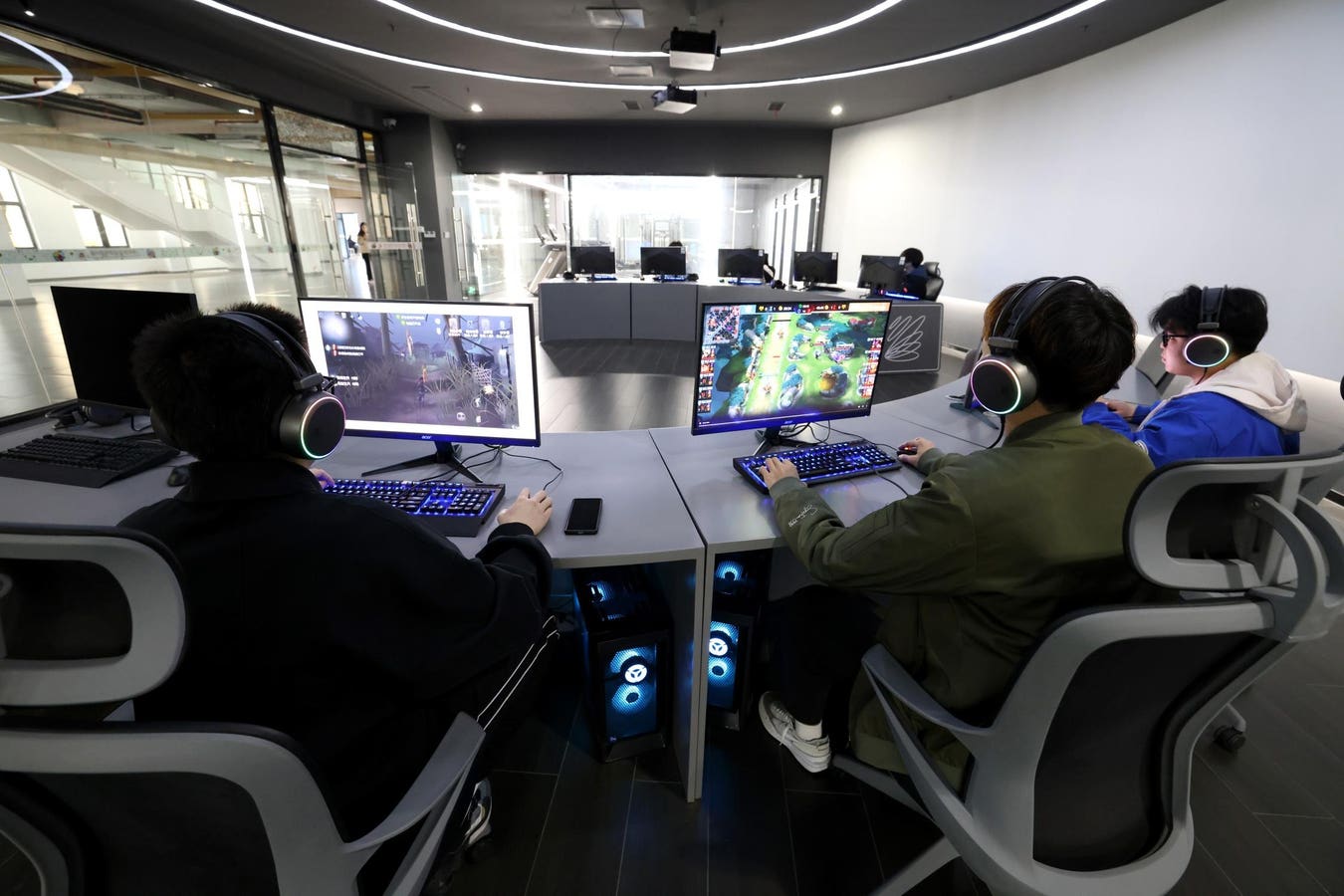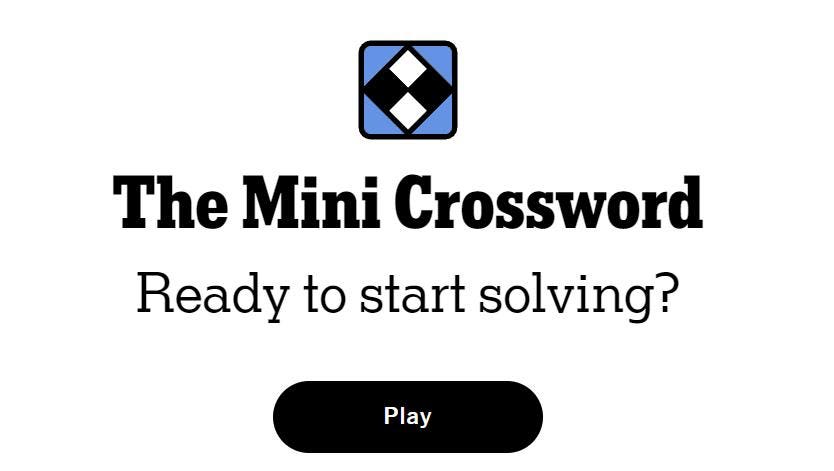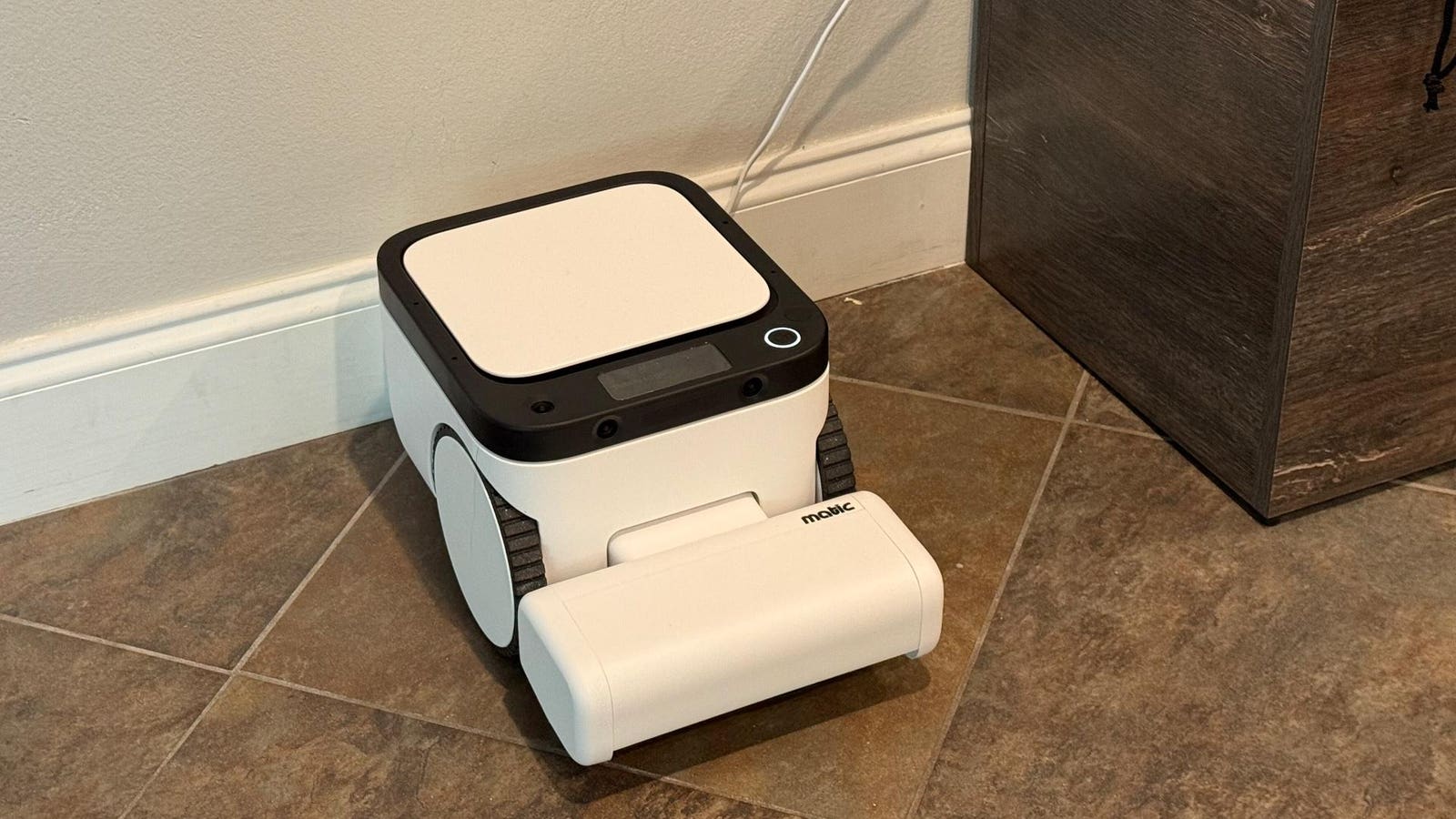AI workforce preparation and upskilling within enterprises to increase adoption
Work is no longer changing incrementally—it’s evolving exponentially. The tectonic shifts being driven by artificial intelligence, automation, and multi-model transformation aren’t projections for the distant future; they’re the current reality unfolding in real time and we’re all experiencing the impact at different speeds.
According to a McKinsey Global Institute report, up to 45% of work activities could be automated by 2030. While this statistic might induce anxiety for the masses, it misses a nuanced truth: roles are not simply disappearing; they are also being redefined.
As a former C-Suite exec in the Data, Analytics, Robotics, and AI Space, I’ve witnessed firsthand that the most impactful transformations aren’t about replacing people with machines—they’re about elevating human potential. AI isn’t just about algorithms and automation; it’s about adaptation, agility, and amplifying human potential. And while the pace of change is faster than what most people and enterprises can keep up with, the clear winners will be those that lead the future of work with AI, and prepare people to thrive alongside it.
AI-Driven Workforce Shift and Preparation
The transformation of AI isn’t just technical; it’s also organizational. If you take the use cases of predictive restocking algorithms, dynamic pricing tools, or warehouse robotics, behind the technology also comes the work that goes into preparing and upskilling the workers:
- Planners evolve into simulation analysts, using AI-generated models to forecast scenarios.
- Merchandisers became AI auditors, evaluating AI decisions and correcting for bias.
- Employees previously bogged down with manual processes are now being redeployed to focus on strategic initiatives that had been sidelined for years.
In these cases, AI didn’t reduce the workforce, it redefined their roles.
In this juncture, licensing AI software or tools is not a strategy, it’s a checkbox. Companies that are serious about the future of work know that AI implementation without workforce enablement is an empty investment. A 2024 IBM Institute for Business Value study supports this. It found that companies actively investing in AI training and upskilling see 15% higher productivity gains compared to those that don’t.
Preparing Your Workforce
So what does real AI readiness look like? Outlined below are recommendations for forward-thinking companies, leaders, and individuals making the leap:
- Assess the Now: Start with a clear-eyed view of your current state. Which roles are most likely to be disrupted, augmented, or enhanced by AI? Map skills, tasks, and workflows. The World Economic Forum estimates that by 2025, 50% of all employees will need reskilling due to AI and automation, so . knowing where to focus is half the battle
- Invest in Reskilling: Don’t wait for the job to vanish before you act. Proactively reskill employees for emerging roles. Think beyond coding—skills like critical thinking, digital literacy, and data fluency are fast becoming foundational. PwC’s 2023 Global Workforce Hopes and Fears Survey found that 39% of workers believe their job will be obsolete within five years, yet only 26% say their employer is supporting them to acquire new skills.
- Foster a Learning Culture: Its commonly known that culture eats strategy for breakfast—and that applies to AI, too. Leaders must create environments where employees feel safe to experiment, fail, and learn. Build incentives for continuous growth. Set the tone at the top. Leaders who model curiosity and adaptability create teams that do the same.
- Use AI Responsibly: Technology without ethics is a liability. Organizations must prioritize transparency, fairness, and accountability in AI usage. Responsible AI means thinking not just about what the tech can do, but what it should do. This is no longer a niche concern—regulators and customers alike are watching. As MIT Technology Review emphasized, “AI ethics is not optional; it’s operational.”
Conclusion
Yes, the workplace is transforming at breakneck speed because of AI, and the future won’t be built by those who use AI, but will be led by those who partner with it.
As you reflect on your organization’s AI journey, or your personal one, ask yourself not just what tech are we buying, but what transformation are we enabling? Because in the end, it’s not about replacing jobs—it’s about redesigning them. And those who master that redesign will lead the future of work.








